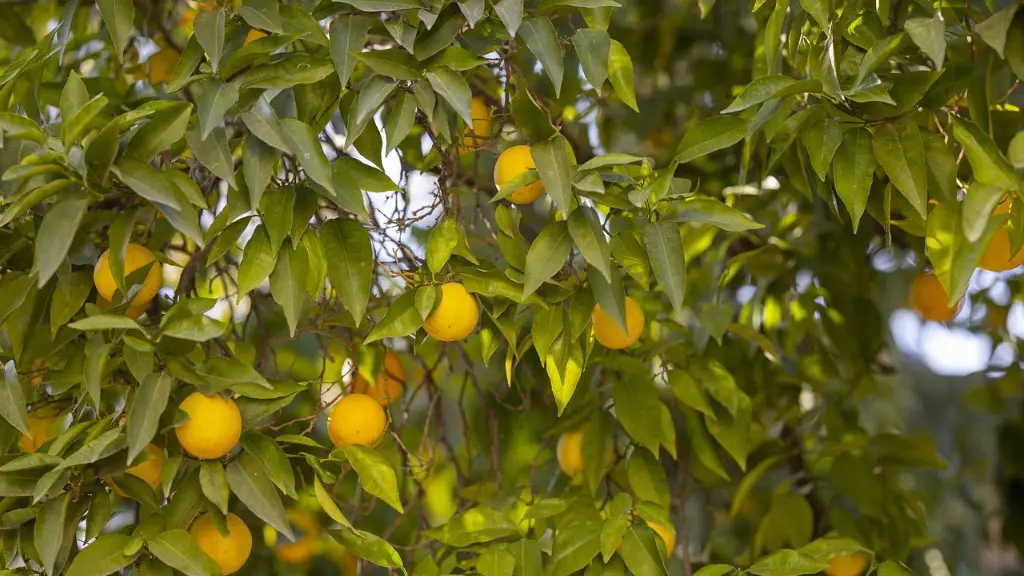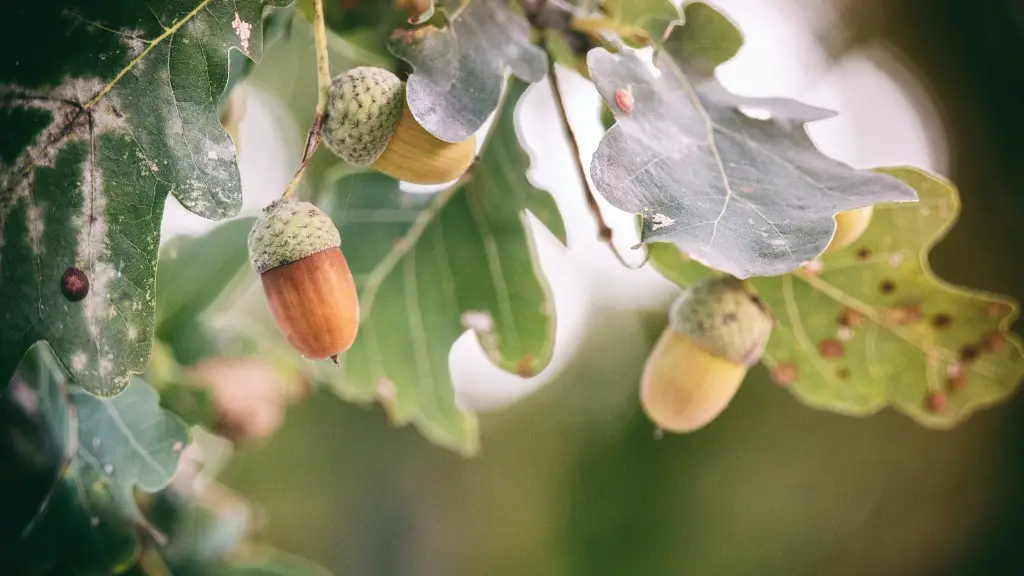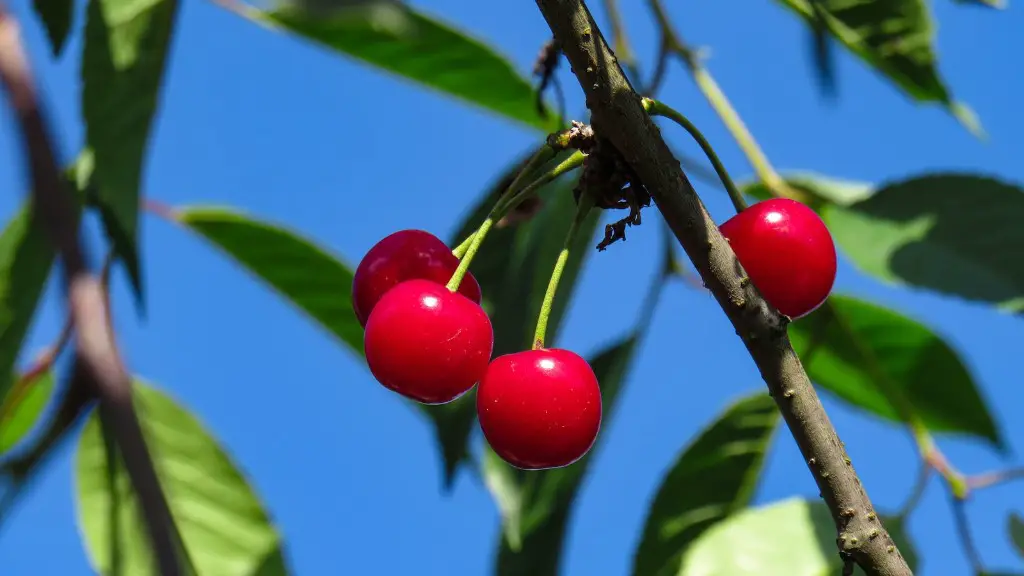Introduction
Red palm trees can add a unique look to your garden, providing a tropical feel that many other trees simply can’t. Planting a red palm tree is a bit more complicated than just digging a hole and sticking it in the ground. To get the most out of your red palm tree, it’s important to understand how to properly plant it and care for it long-term. Here, you’ll learn some important tips and guidelines on how to properly plant a red palm tree.
Consider Sunlight
Before planting your red palm tree, take the time to think carefully where you want to place it. Sunlight is needed for a tree to survive and thrive, so it’s important to plant your red palm tree in an area that gets plenty of daily sunlight. For optimal growth, 6 hours of full sun is necessary. If there are any trees or other obstructions that cast shade on the area, you’re better off planting the palm tree in another area that gets more direct sunlight.
Choose the Right Soil Type
Another step in making sure your red palm tree has a successful and healthy start is to select the right soil for the job. Red palm trees thrive best in soils that are rich in organic matter and drain well. Poor drainage will lead to root rot, so it’s important to check the soil conditions before you plant. You can easily test the drainage by scooping out a small circular hole and fill it with water. If the water drains within 30 minutes, the soil is suitable for your red palm tree.
Dig the Hole for the Tree
Once you’ve determined the spot and soil type, the next step is to dig the hole for the tree. The hole should be as deep as the root ball and two to three times as wide, allowing for plenty of room for the roots to spread out and get some air circulation. Place the root ball in the hole, being careful not to damage any of the roots. When finished, the top of the root ball should be level with the surrounding soil so the trunk of the tree is not buried.
Fill The Hole & Water
Once the palm tree is planted, begin back-filling the hole with the same soil you removed from the area. Compact the soil as you fill the hole, taking care to avoid any air pockets that could trap moisture and lead to root rot. Give your red palm tree a good watering but be careful not to saturate the soil. A steady stream of water is the best bet – no rushing water should remain once you’re finished.
Mulching
Mulching is an important step in maintaining the health of your red palm tree. It helps keep the soil temperature and moisture level regulated and decreases weeds which can compete with the tree for nutrients. Spread mulch around the base of the tree at least 6 to 8 inches away from the trunk and for a radius of about the width of the tree’s canopy.
Fertilizer
Red palm trees may not require fertilizer but it can’t hurt to give your palm tree a boost with a balanced fertilizer. Adding fertilizer will help stimulate growth and bolster the tree’s ability to retain moisture. It’s best to opt for a slow-release fertilizer and to never over-fertilize as this can lead to root burn.
Pruning
Pruning is essential as it removes old fronds that inhibit the tree’s growth. Without pruning, your red palm tree may become top-heavy, resulting in weakened and unstable growth. If you need to prune your red palm tree, it’s best to contact an arborist as they will have the right tools and techniques to properly prune your tree.
Regular Care
To ensure the health of your red palm tree over the long-term, regular palm tree maintenance is important. This should include inspecting the palms for disease, removing dead fronds, cleaning the bark, and keeping the area free of debris such as fallen leaves and fruit.
Protecting Against Pests
To protect your red palm tree from pests, you’ll want to set up an effective pest control program. This can include regular preventative sprays, insect traps, and predator control. It’s also important to keep an eye out for signs of any infestations and act promptly if necessary.
General Tree Safety
When planting a red palm tree, it’s important to take necessary precautions to keep it safe from damage. This may mean protecting it from wind damage by staking it, and protecting it from mowers and other lawn care equipment. When removing dead fronds or pruning, it’s best to wear gloves and protective eyewear.
Frost Protection
If you live in an area where there’s a possibility of frost, it’s important to take steps to protect your red palm tree. To protect against frost damage, cover the tree with a large sheet or other insulation material. This will help trap warmth around the tree and protect it from the cold temperatures.
Conclusion of Planting Red Palm Tree
Once you’ve chosen the spot, dug the hole, and planted your red palm tree, it’s important to continue to care for it in the long-term. This includes providing adequate sunlight and the right soil, regular maintenance and protection from pests. With the proper care and attention, your red palm tree will be an attractive and unique addition to your garden for years to come.



